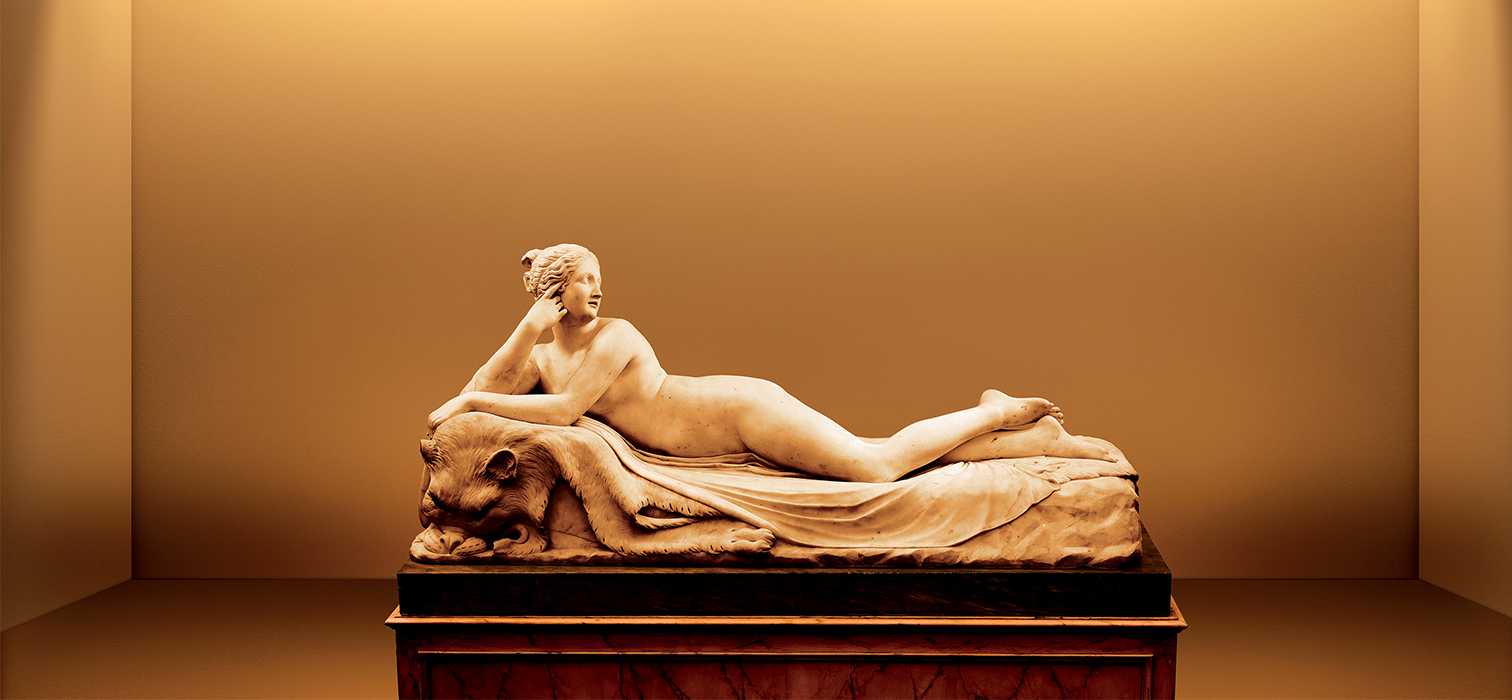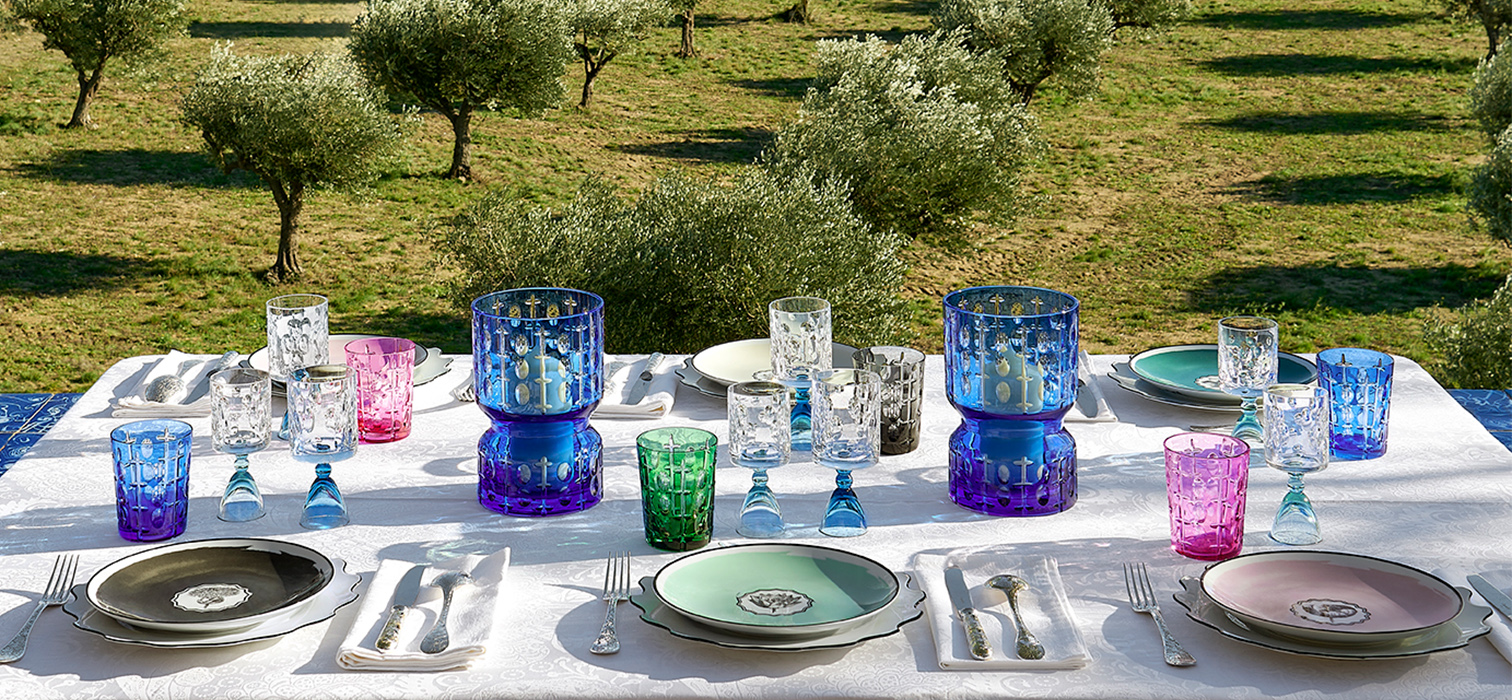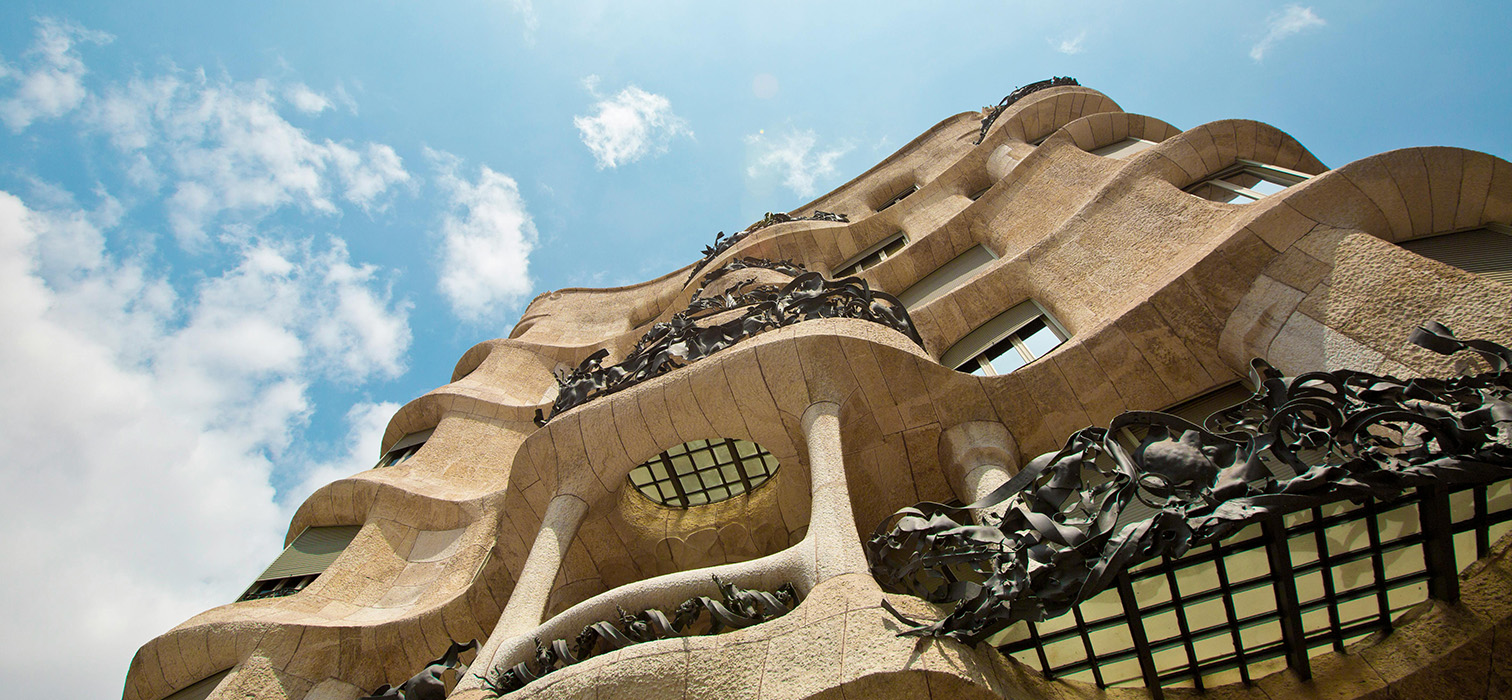
Architectural icons, bold designs, and timeless stories that reach for the sky. Discover the 11 modern buildings you must see.
Bauhaus – Dessau, Germany
Designed and built by Walter Gropius exactly a century ago, the Bauhaus building is a cornerstone of modern architecture and a pioneering symbol of the modernist movement. Blending functionality with aesthetics, its asymmetrically arranged, interconnected wings and expansive glass façades—particularly the floating effect created by the wrap-around workshop windows—remain striking to this day. Now serving as a museum and research center, this landmark was recognized as a UNESCO World Heritage Site in 1996.
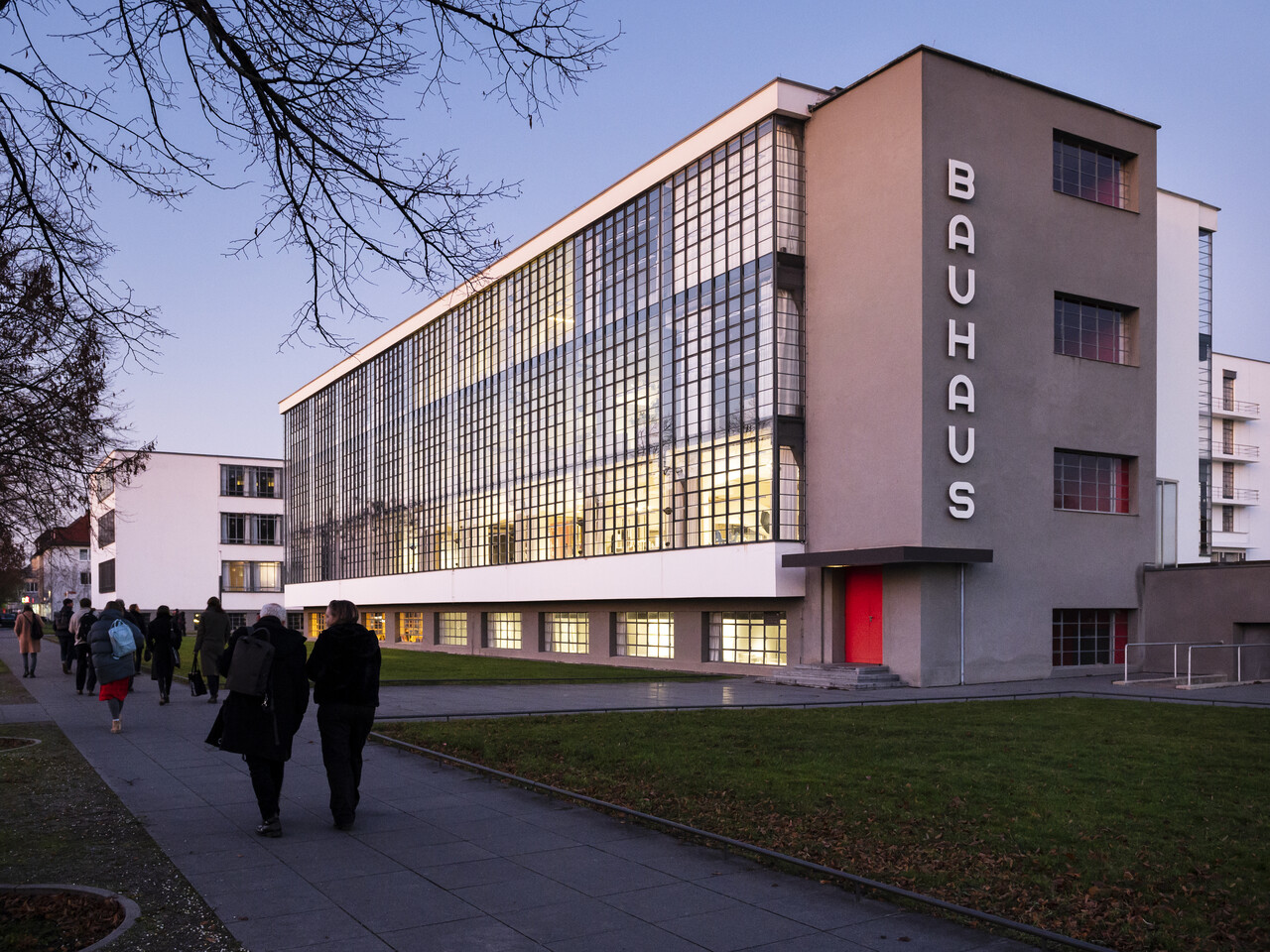
Best Lake View Hotels in the World
The Most Interesting Concert Venues in The World
Most Beautiful Metro Stations in World
The Most Special Historic House Museums
Salk Institute – California, USA
Louis Kahn’s Salk Institute is celebrated as one of modern architecture’s most awe-inspiring works. Its minimalist and monolithic design—where concrete meets teak wood—creates a timeless visual language. The most iconic feature is the expansive courtyard flanked by symmetrical laboratory wings, with a narrow water channel guiding the eye toward the Pacific Ocean. Beyond its role as a research hub, the Salk Institute is revered as a meditative architectural masterpiece.
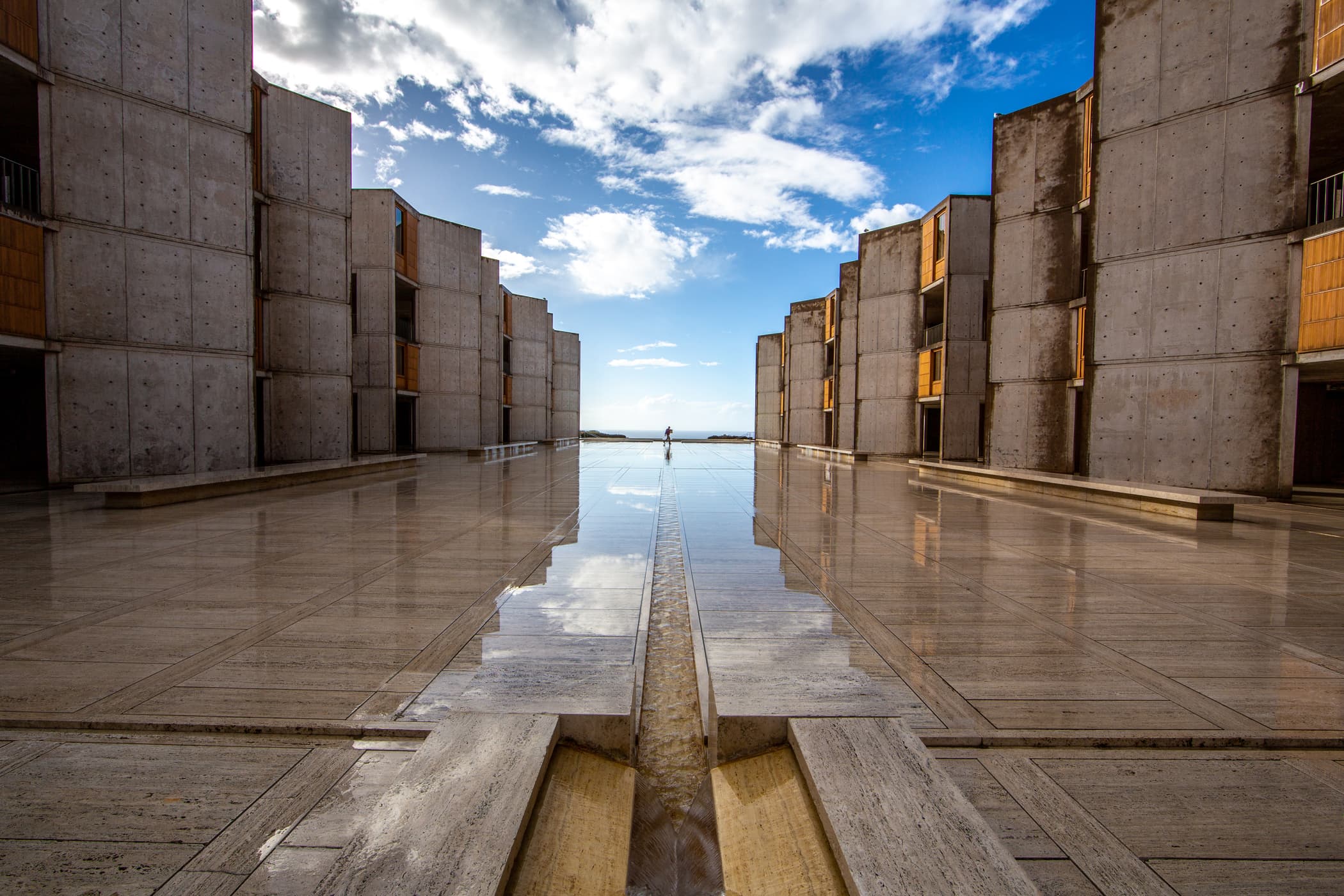
Casa Milà – Barcelona, Spain
Isn’t it worth pondering why an aesthetically driven design era like Art Nouveau was so short-lived? Casa Milà, constructed by the renowned Catalan architect Antoni Gaudí between 1906 and 1912 on Barcelona’s Passeig de Gràcia, is a key example. With its organic, undulating façade, natural stone exterior, and cast iron balcony railings, the building boasts a unique aesthetic reminiscent of sea waves and seaweed.
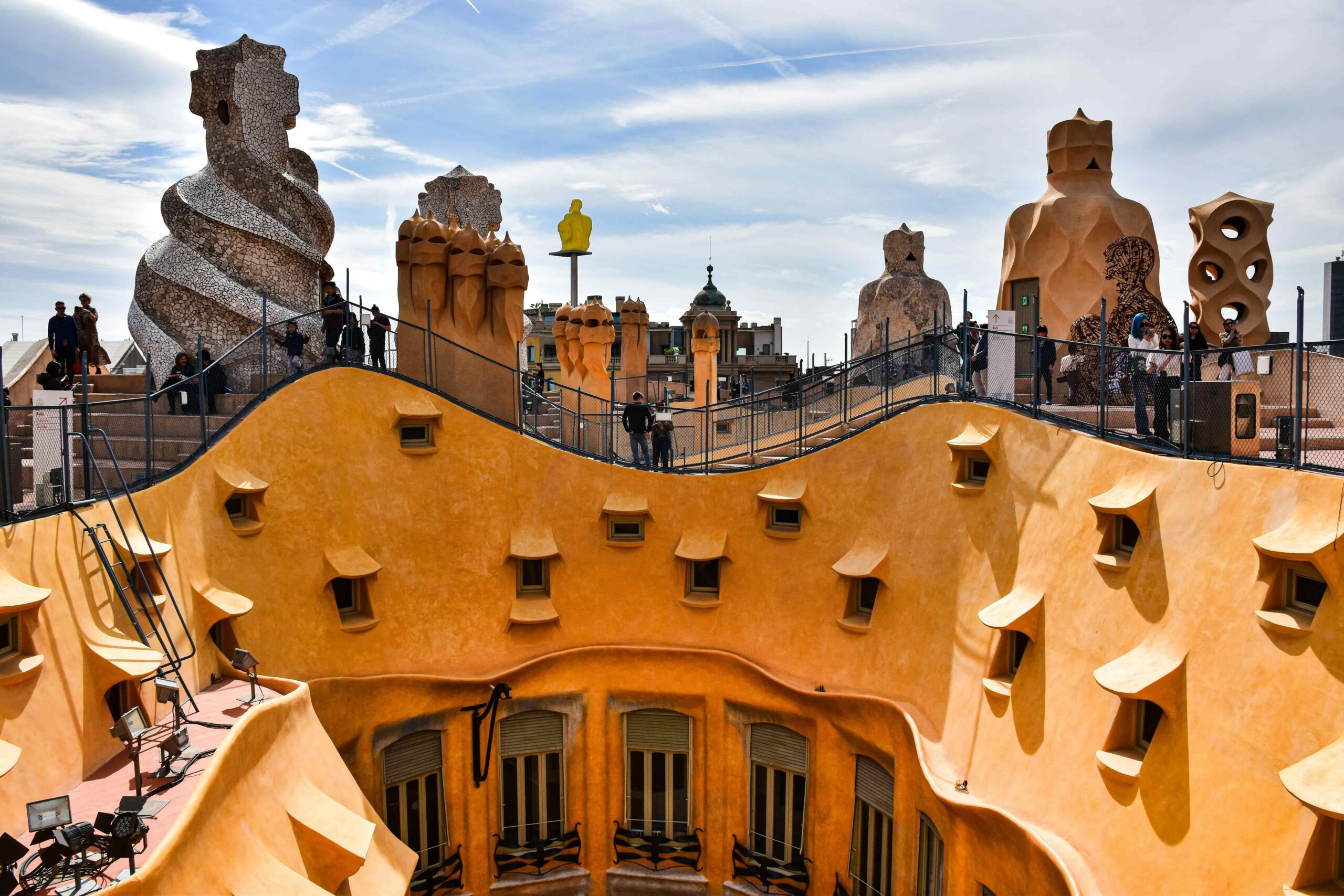
Inside, two courtyards maximize sunlight, enhancing the brightness and spaciousness of the interior. On the rooftop, Gaudí’s extraordinary chimneys—resembling modern sculptures—enjoy well-deserved fame and reflect his nature-inspired design philosophy. Nicknamed ‘La Pedrera’ (the quarry) due to its unconventional appearance at the time of construction, the building was added to the UNESCO World Heritage List in 1984. Today, it welcomes visitors and hosts cultural events, serving as a sanctuary for design enthusiasts and culture lovers.
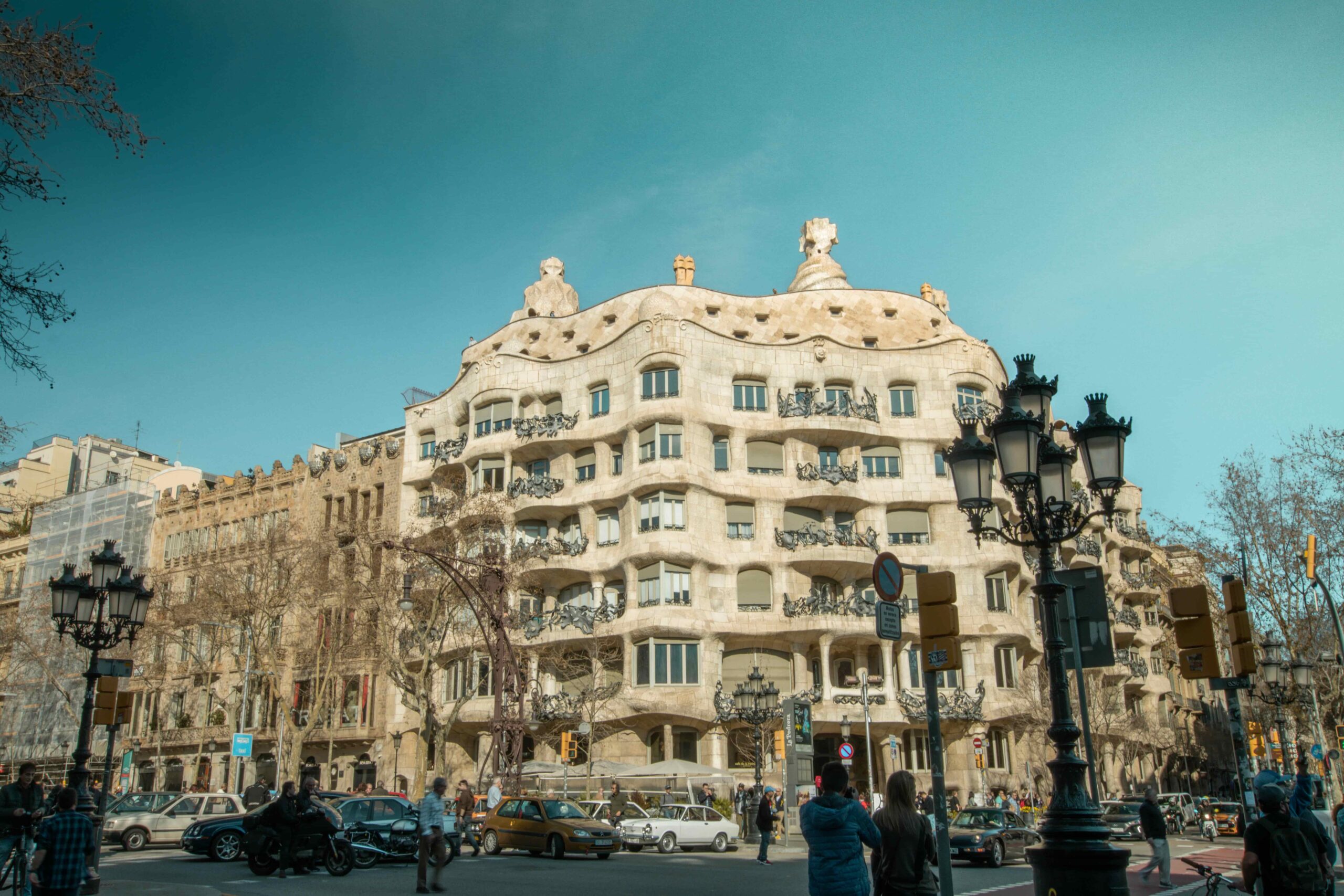
Ronchamp Notre-Dame – Ronchamp, France
Le Corbusier, widely hailed as a genius of modern architecture, created one of his most distinctive works with the Ronchamp Notre-Dame Chapel. Constructed between 1950 and 1955, the chapel offers a radically different experience with its sculptural and organic forms that depart from traditional religious architecture.
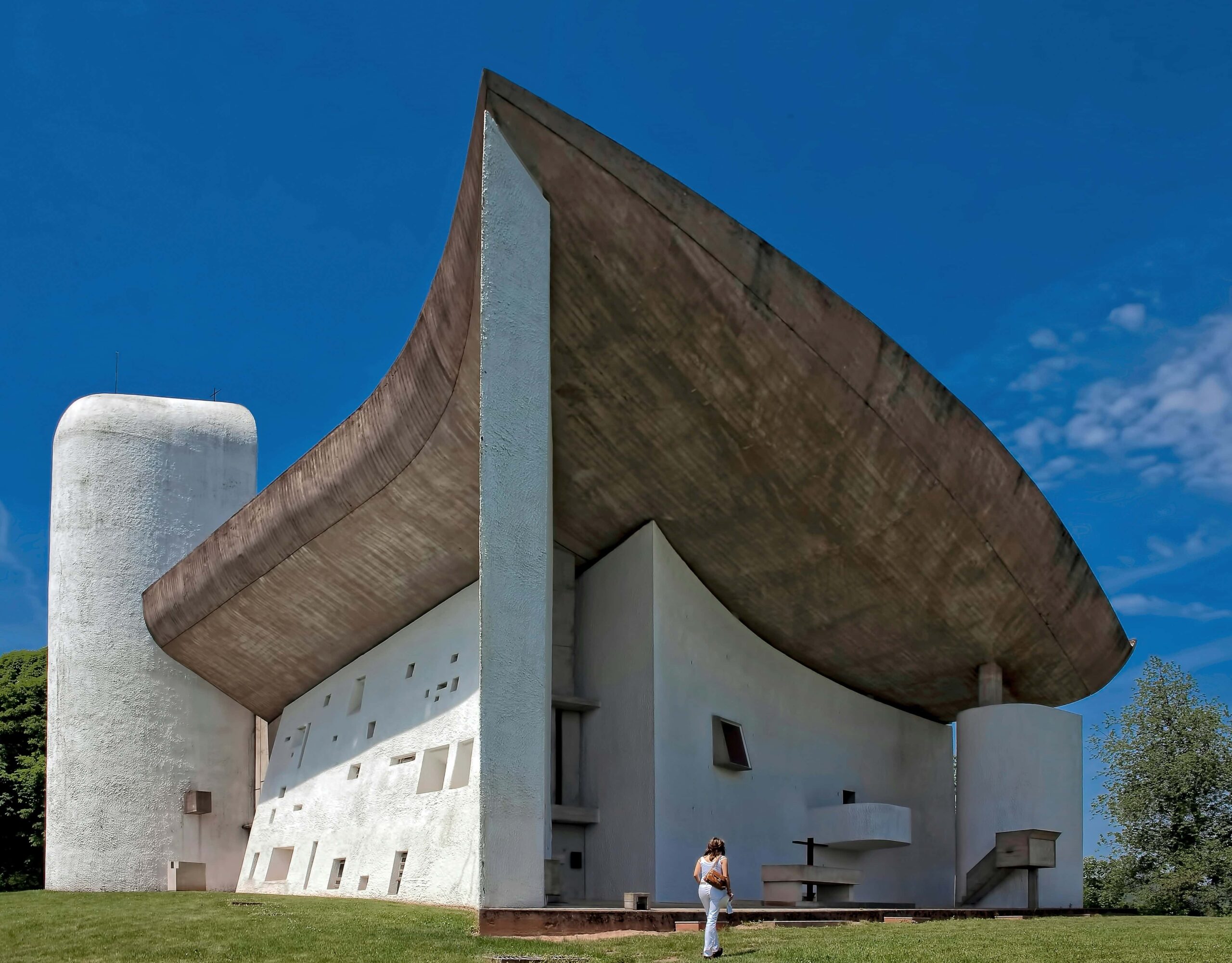
Its thick, curved walls and wave-like concrete roof create a sense of both solidity and lightness. Inside, the irregularly placed windows filter light in a way that adds a mystical atmosphere, while the building’s integration with the surrounding nature enhances its serenity. In stark contrast to the strict linear designs of the 1950s, this building is not only a sacred space but also a work of art. In 2016, it was inscribed on the UNESCO World Heritage List in recognition of its architectural significance.
Guggenheim Museum – Bilbao, Spain
To witness one of the most striking examples of deconstructivist architecture, look no further than Frank Gehry’s Guggenheim Museum. Its fluid, curved form clad in titanium panels gives the building an impression of motion. Inspired by nature and shipbuilding techniques, the structure visually echoes Bilbao’s industrial and port heritage. The titanium panels reflect daylight in dynamic ways, making the museum appear ever-changing.
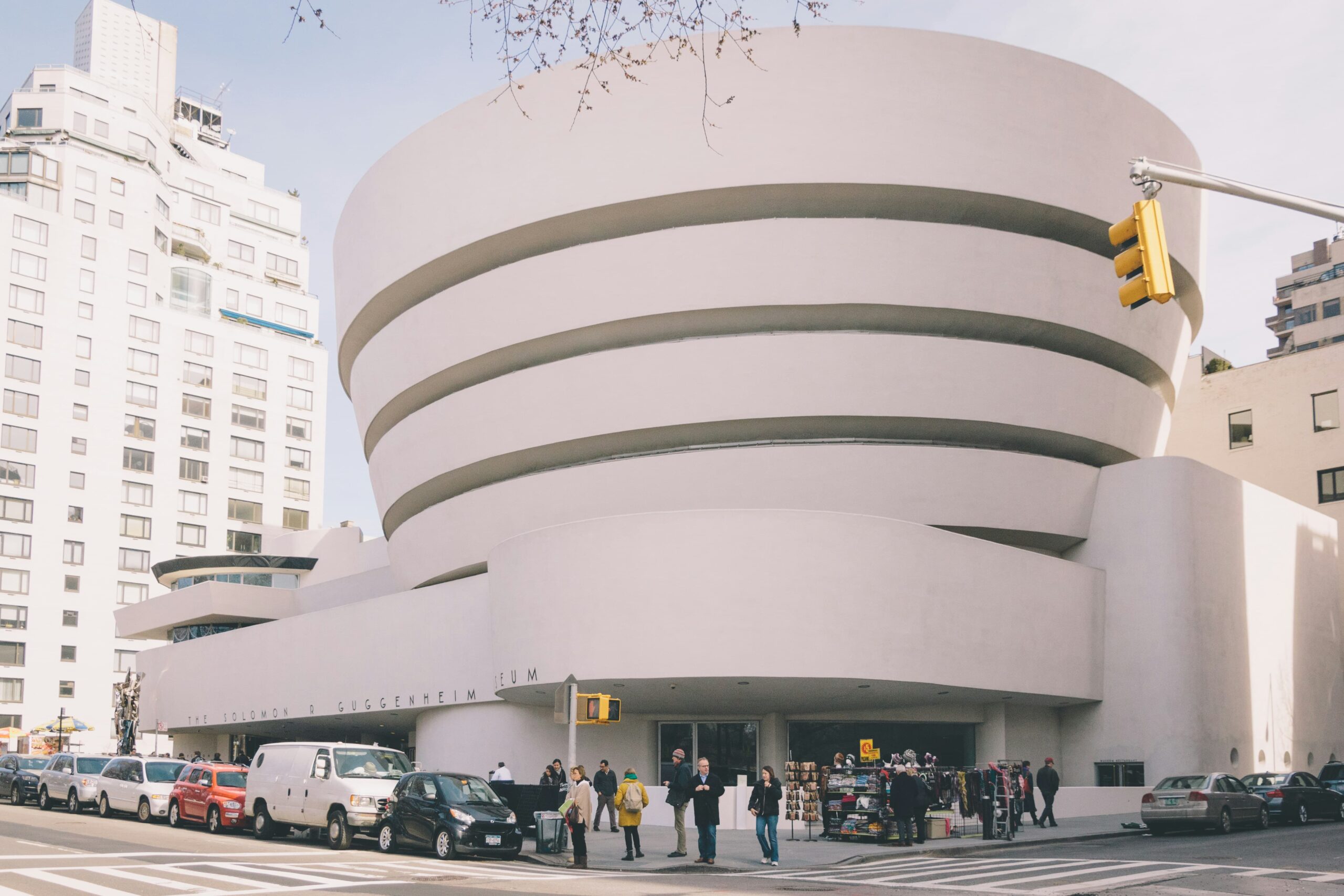
Designed to adapt to the sloping terrain along the Nervión River, the museum’s interior features exhibition halls arranged around a vast atrium. Reaching 50 meters in height, the atrium brings in natural light, creating a bright and welcoming space. Notably, the exhibition spaces are flexible, designed to be reconfigured to suit different artworks.
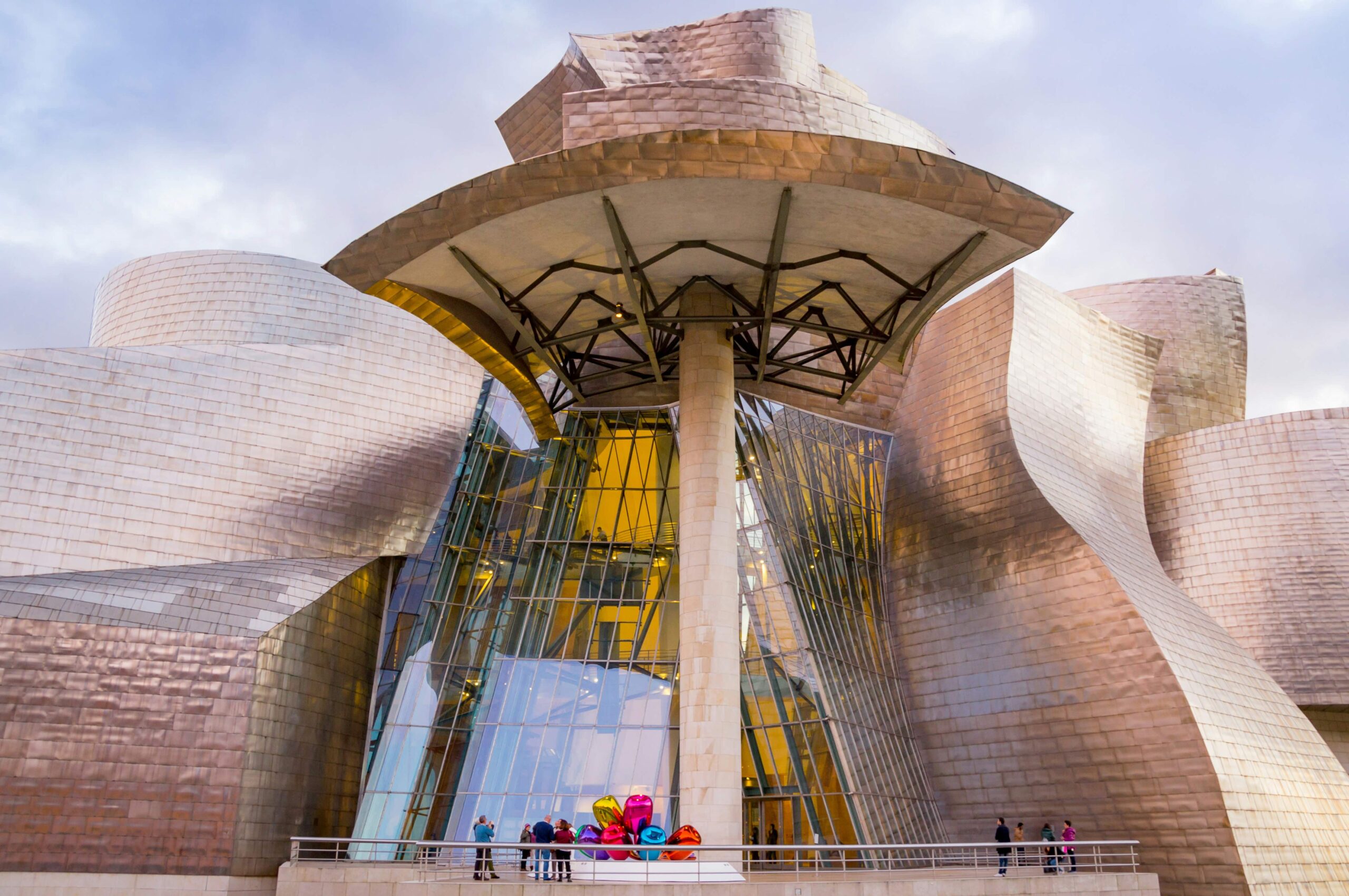
More than a museum, the Guggenheim has become an icon that transformed Bilbao into one of Europe’s premier cultural and tourism hubs. Outside, the experience continues with Jeff Koons’ flower-covered Puppy and Louise Bourgeois’ iconic spider sculpture, Maman—turning the entire area into an open-air art gallery.
Louvre Museum – Paris, France
A museum’s architecture can be as iconic as the art it houses, and the Louvre in Paris exemplifies this. Its architectural evolution spans centuries: originally a 12th-century fortress built by King Philippe Auguste, it was transformed into a Renaissance palace during François I’s reign in the 16th century.
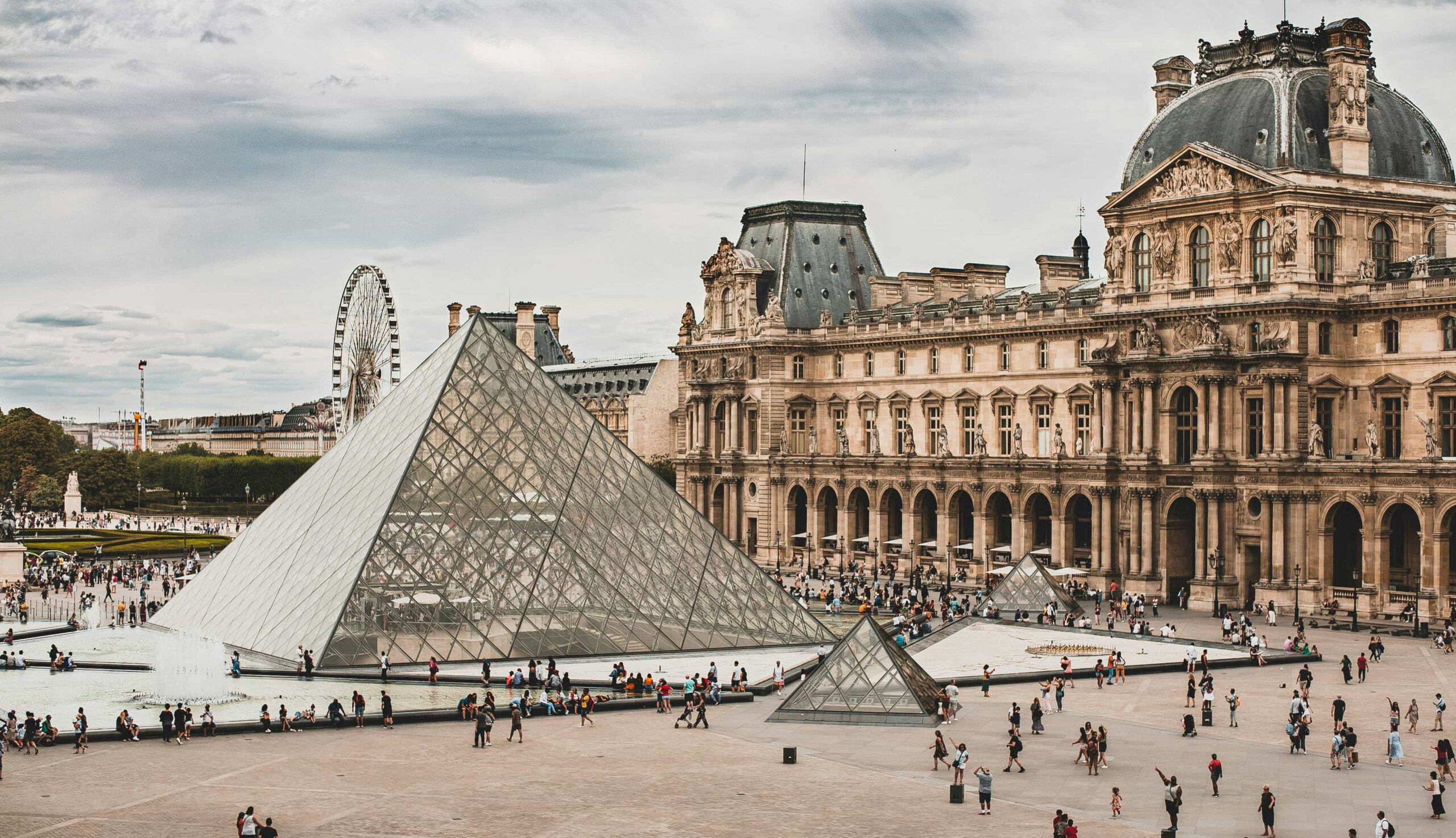
The modern era of the Louvre began in 1989 with the addition of a glass pyramid designed by Chinese-American architect I. M. Pei—the first non-French architect to work on the museum. Composed of 603 rhombic and 70 triangular glass panels and standing 21.6 meters high, the pyramid not only adds a modern aesthetic but also improves visitor flow by expanding the museum’s entrance.
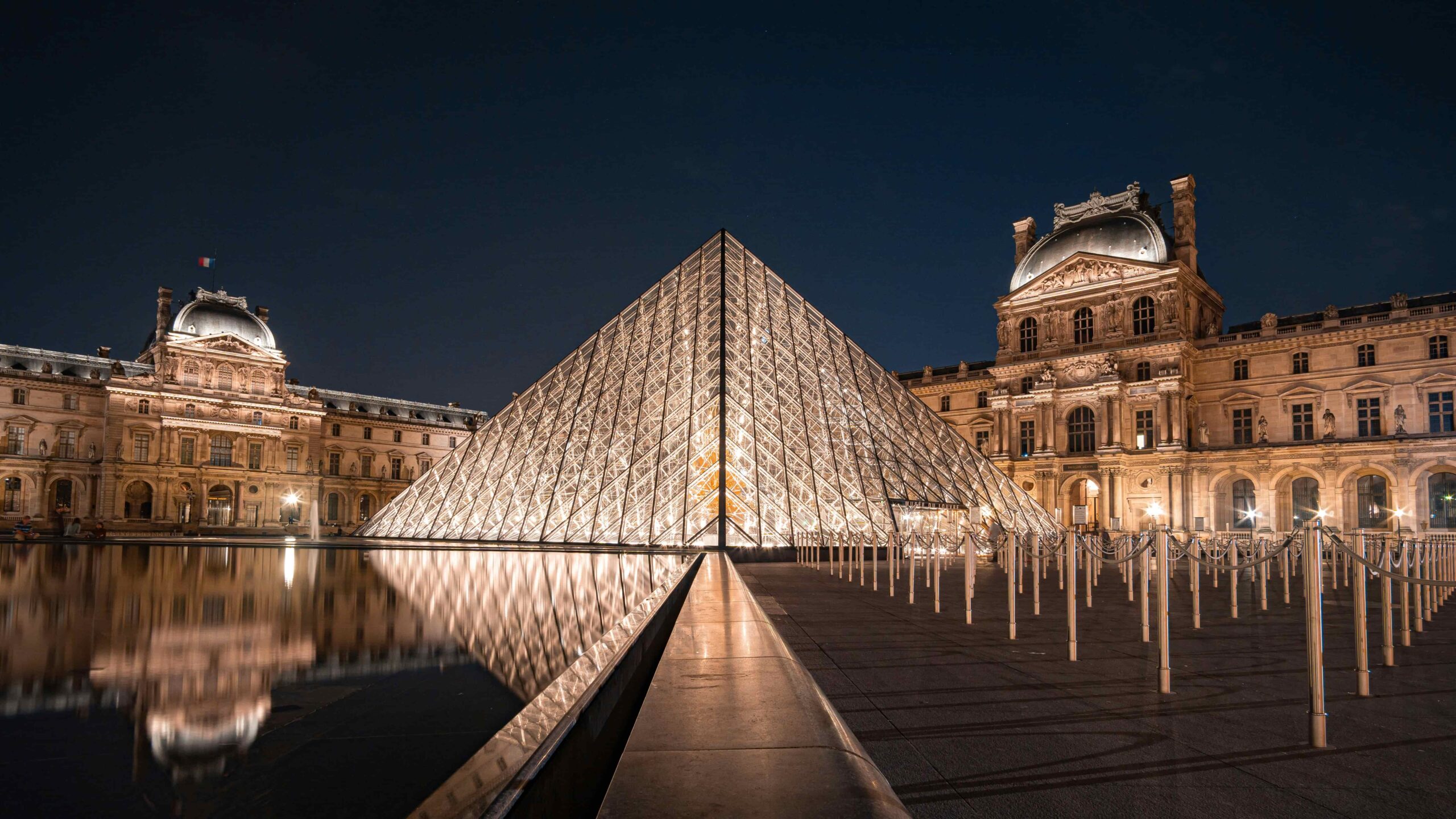
Sydney Opera House – Sydney, Australia
Designed by Jørn Utzon, the Sydney Opera House is a brilliant fusion of architecture and engineering. Its most distinctive element is the sail-like roof, evocative of seashells or an opened oyster. Because standard construction methods were insufficient, prefabricated concrete elements were specially developed for the structure.
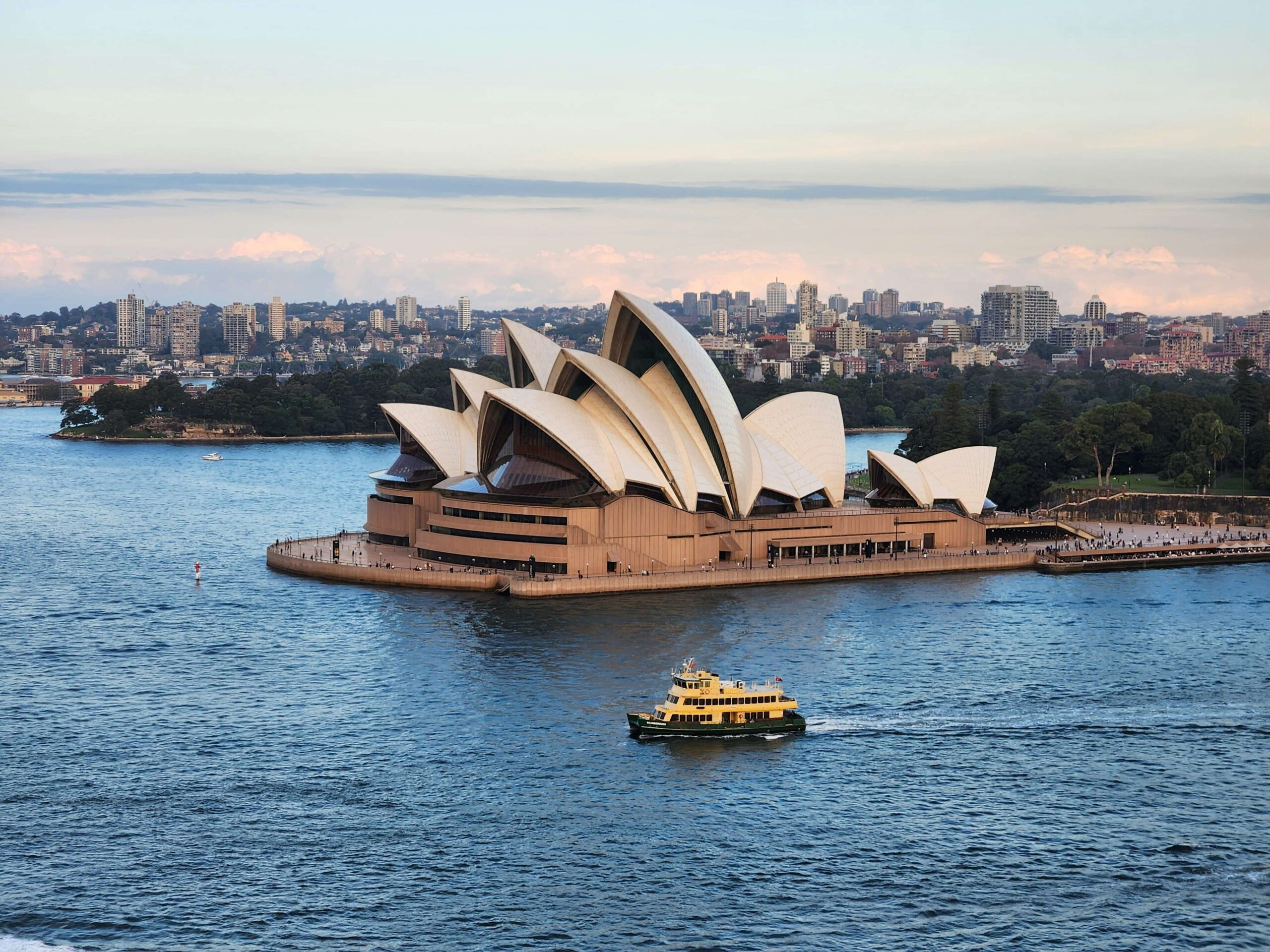
Before achieving iconic status, the Opera House faced a rocky journey. After winning the design competition in 1957, Utzon encountered several challenges and resigned in 1966. He returned to the project in 1999, and the building reopened after a full restoration in 2004. Beyond its innovative design, the Opera House stands out for its location on the shores of Sydney Harbor, merging with the sea and sky. It has become a symbol of Australia’s cultural identity, hosting prestigious concerts, theater productions, and celebrating Aboriginal art and music.
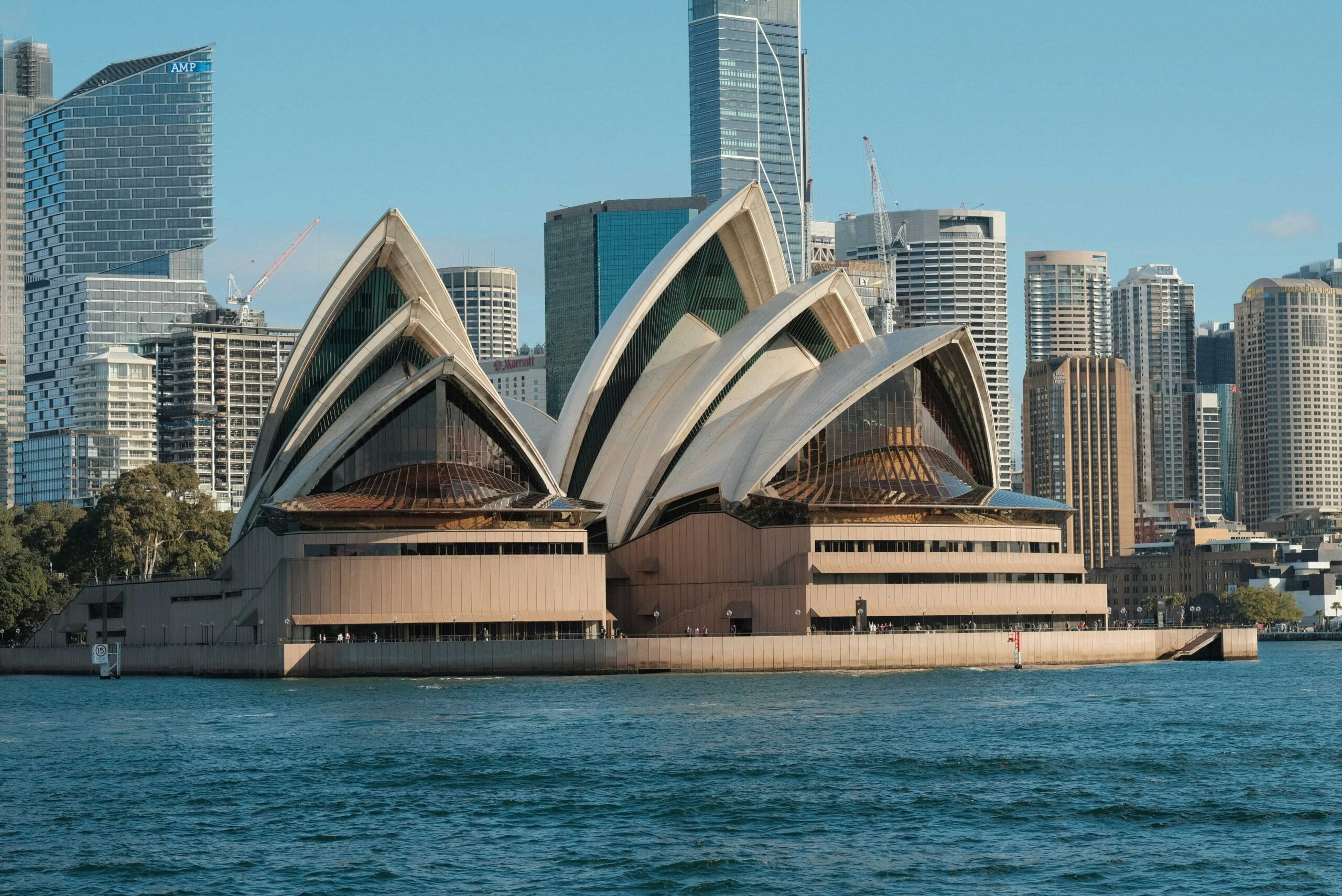
Petronas Twin Towers – Kuala Lumpur, Malaysia
A marvel of modern engineering, the Petronas Twin Towers have become a defining feature of Kuala Lumpur’s skyline. Standing 452 meters tall, they held the title of the world’s tallest buildings from 1998 to 2004.
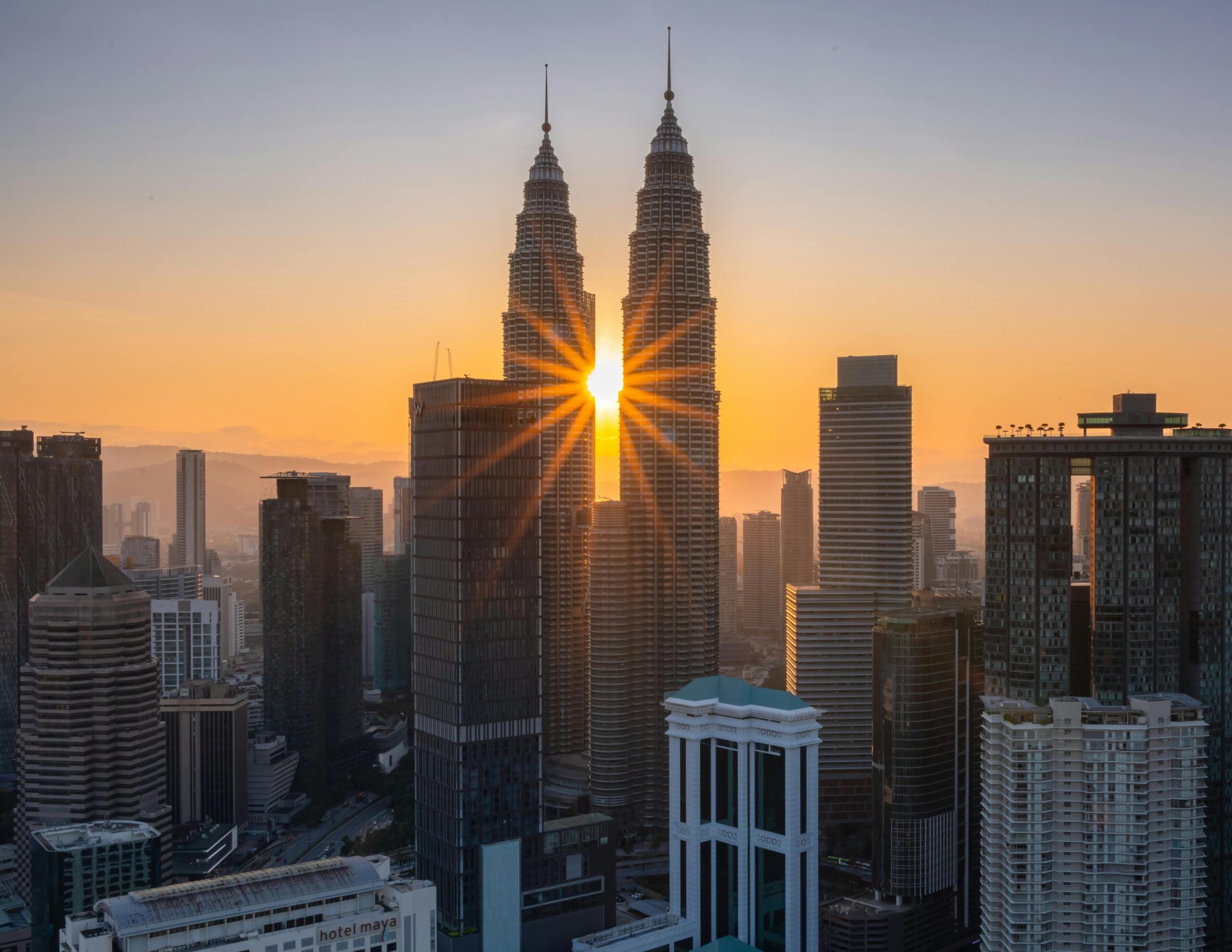
Architect César Pelli drew inspiration from Islamic architecture; the towers’ eight-pointed star-shaped base symbolizes unity, harmony, and stability. The façade, made of glass and stainless steel, reflects sunlight like diamonds. A skybridge on the 41st and 42nd floors—170 meters above ground—connects the towers and provides panoramic city views. Interestingly, each tower was built by a different construction company, fostering competition and accelerating the timeline.
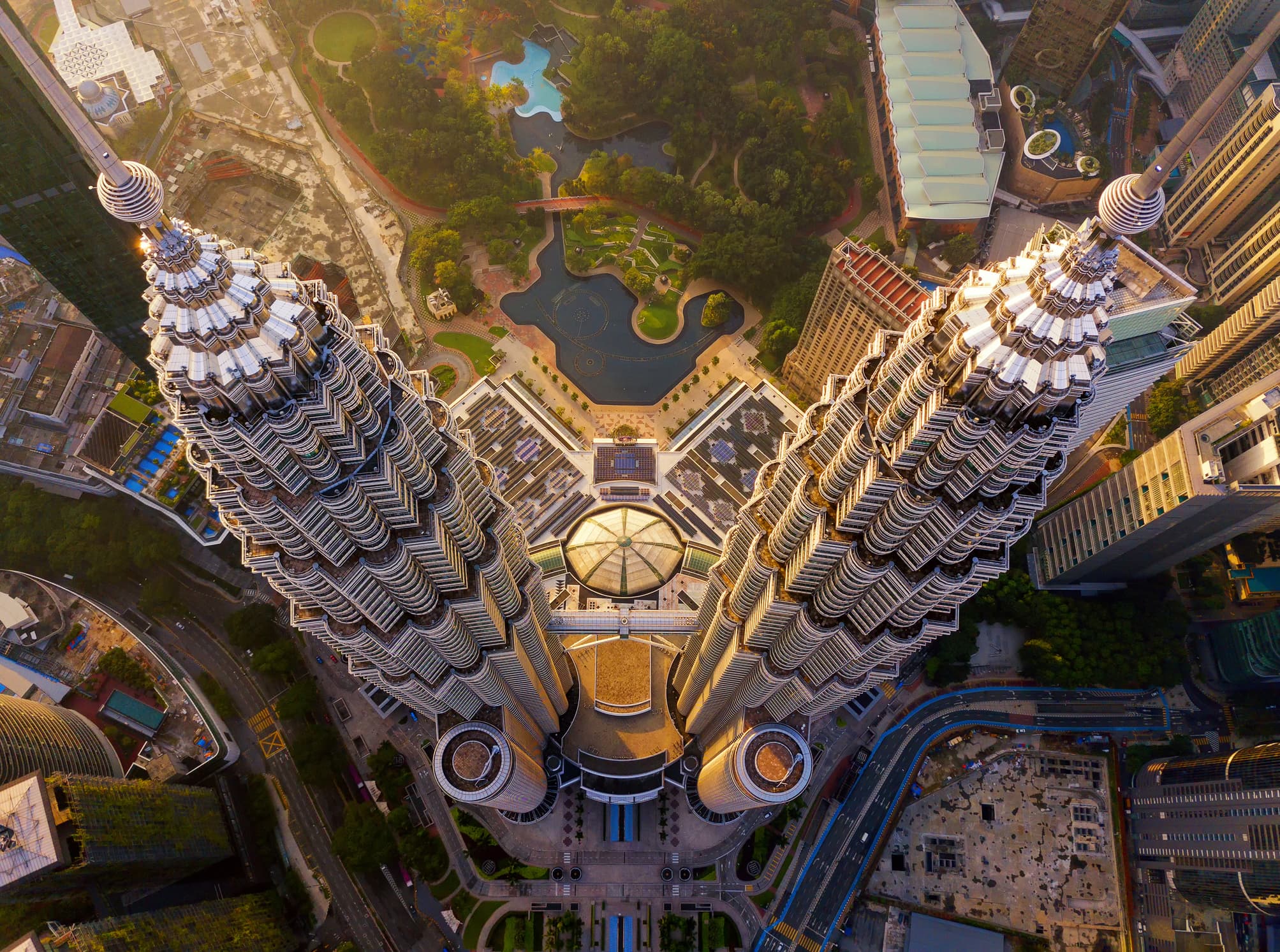
The Shard – London, England
A relatively new icon in London’s skyline, The Shard was designed by Renzo Piano and inspired by railway lines, ship masts, and classical art. Conceptualized as a ‘vertical city,’ it houses offices up to the 28th floor, restaurants from floors 31–33, the Shangri-La Hotel between floors 34–52, and luxury residences on the top floors. Even the hotel bathrooms offer sweeping views of the city.
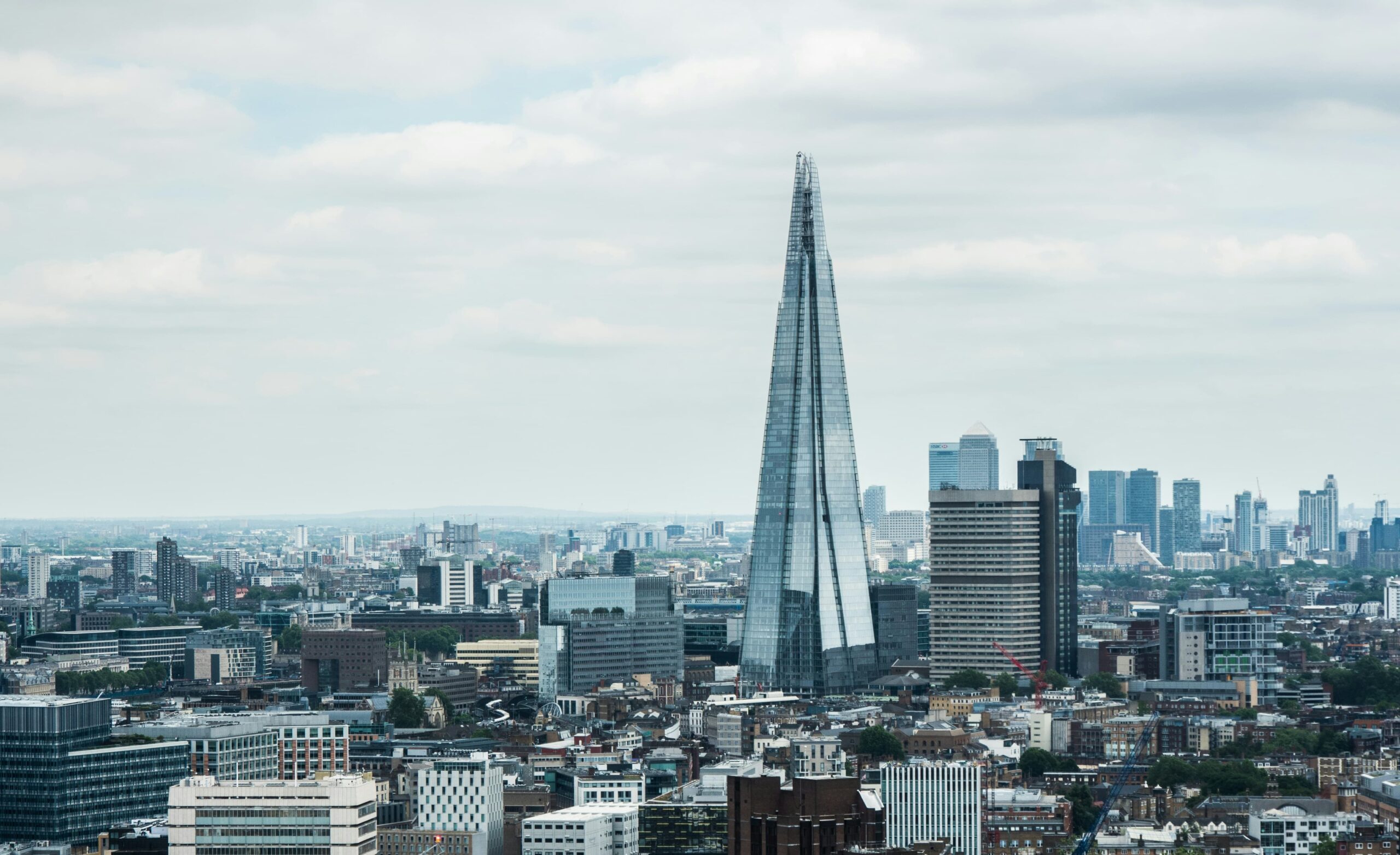
Rather than a traditional roof, the building ends in glass panels that open skyward, giving it a dynamic, unfinished appearance. Sustainability is also a key feature: 95 percent of its energy comes from renewable sources, and rainwater is collected and recycled. These characteristics together make The Shard one of the most iconic buildings of the 21st century.
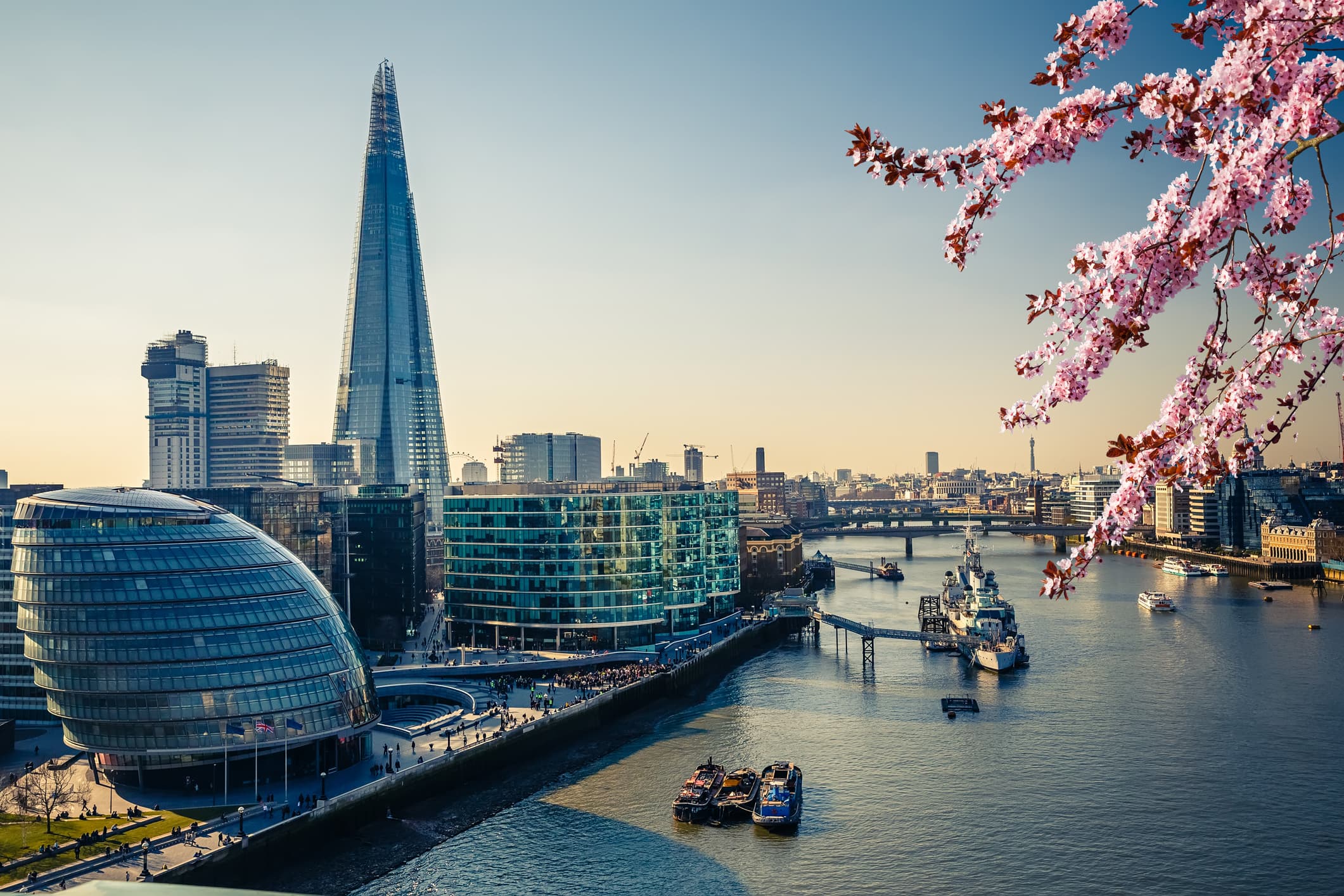
World Financial Center – Shanghai, China
The Shanghai World Financial Center (SWFC) is proof that skyscrapers can be as clever as they are tall. Towering at 492 meters, it forms an iconic trio in Pudong along with the Jin Mao Tower and the Shanghai Tower. Its signature feature is the large trapezoidal opening at the top—originally planned as a circle but modified due to political concerns regarding its resemblance to the Japanese flag.
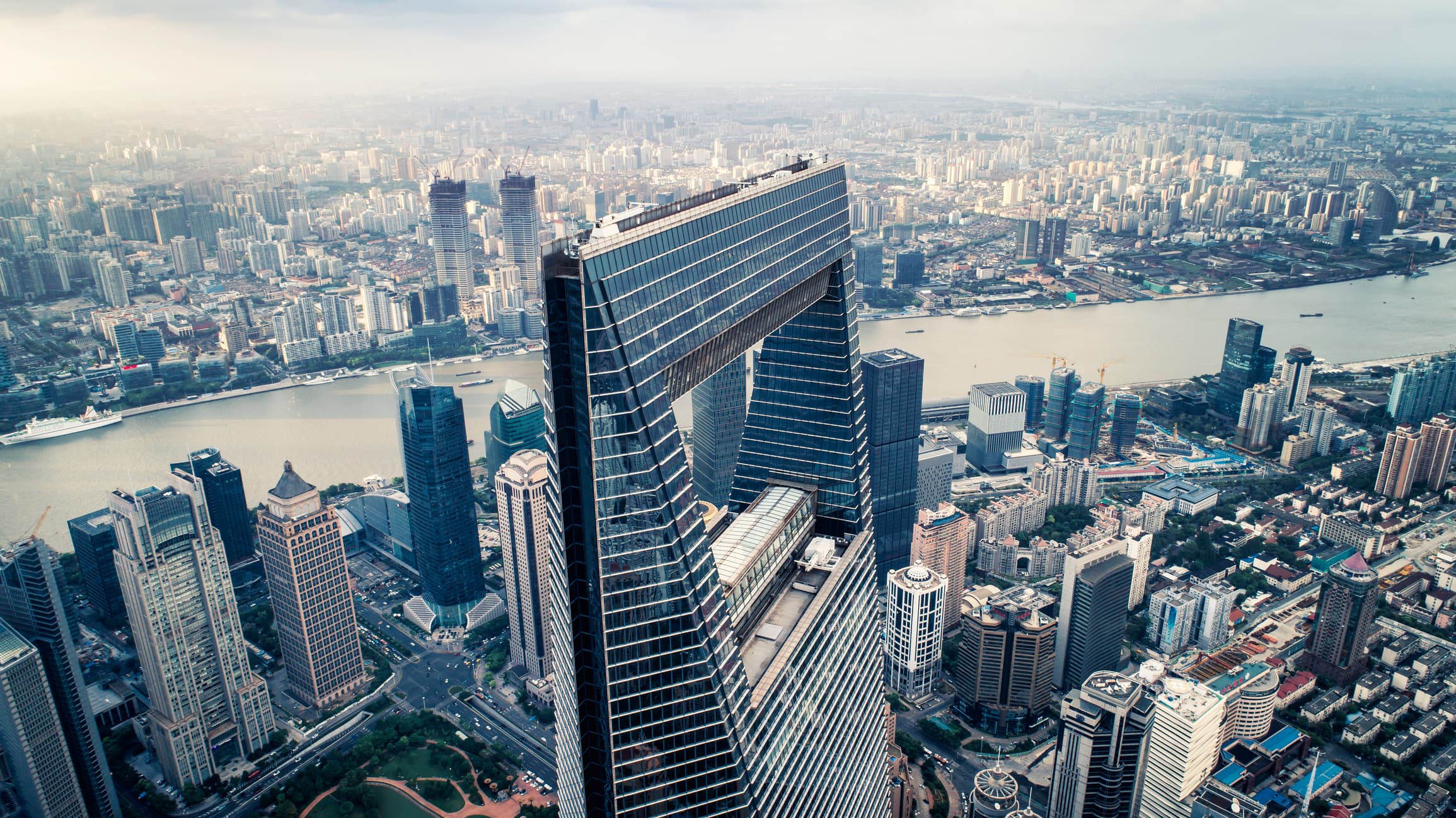
This opening is not only symbolic but also functional, reducing wind pressure on the structure. The building houses offices, luxury stores, restaurants, and a hotel. One of its highlights is the observation deck on the 100th floor, where visitors stand on a glass platform at 474 meters high.
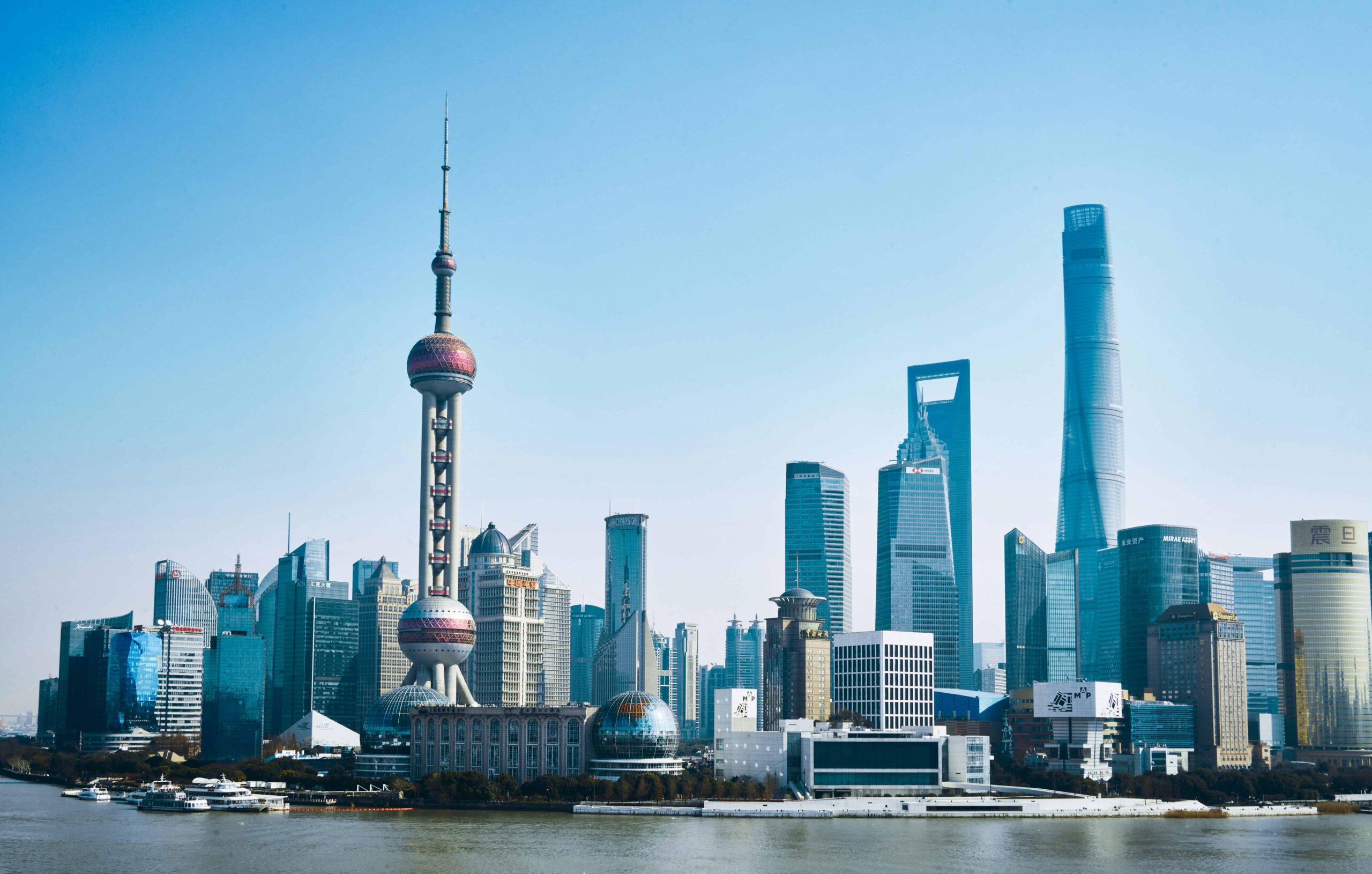
The project began in 1997 but was paused for six years due to the Asian financial crisis. When completed in 2008, the SWFC won the ‘World’s Best Skyscraper’ award. Designed according to Feng Shui principles, the building shines especially at night with its illuminated crown, blending engineering brilliance with spiritual balance.
Burj Khalifa – Dubai, UAE
At 828 meters, the Burj Khalifa is the world’s tallest building and a beacon of engineering, architecture, and cultural ambition. Designed by Adrian Smith, the structure takes the shape of a trifoliate form inspired by the spider lily, a flower beloved in the UAE.
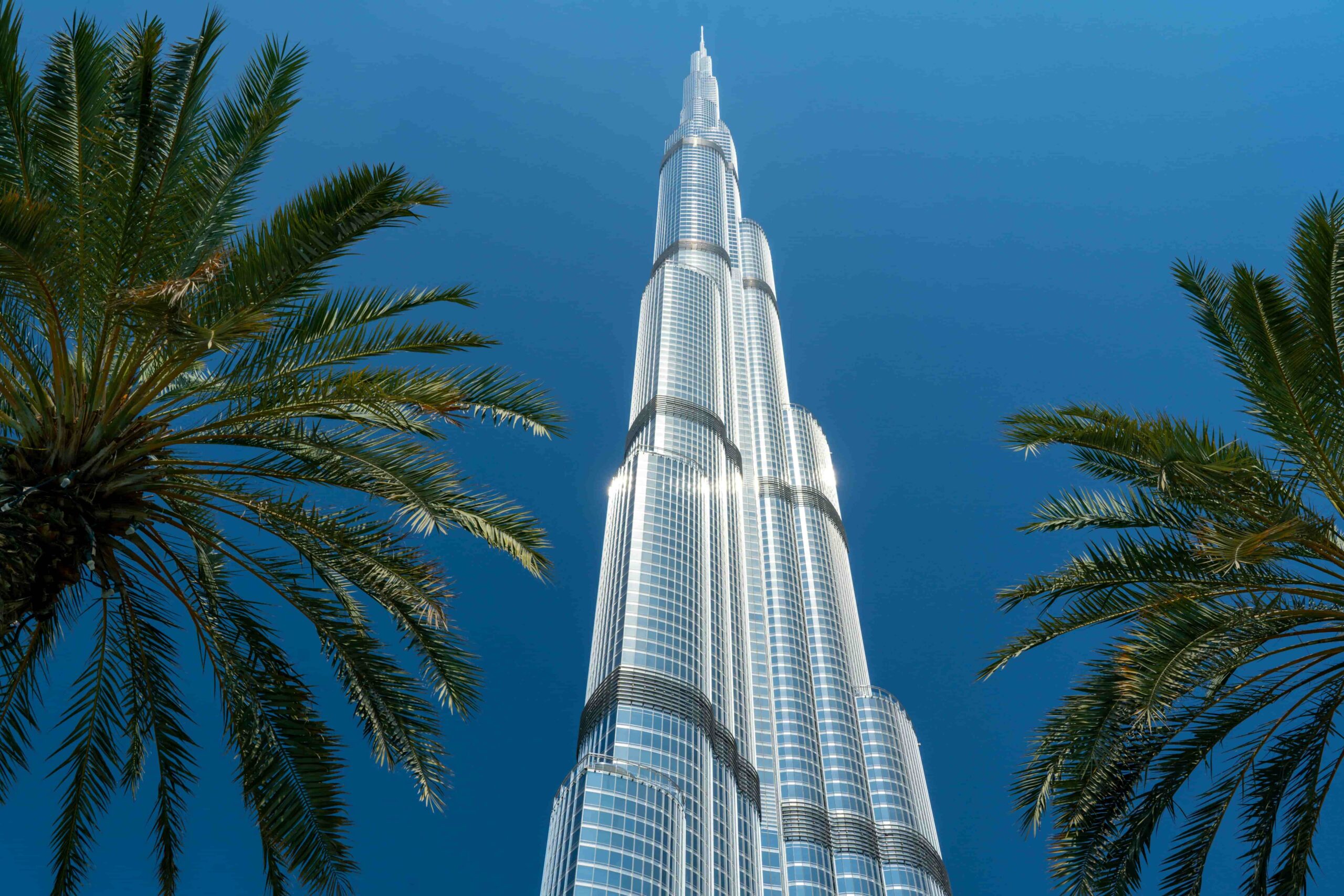
Its high-speed elevators travel at 64 km/h, reaching the 163rd floor in just one minute. For an unforgettable experience, the ‘At the Top Sky’ observation deck on the 148th floor offers panoramic views from 555 meters above ground.
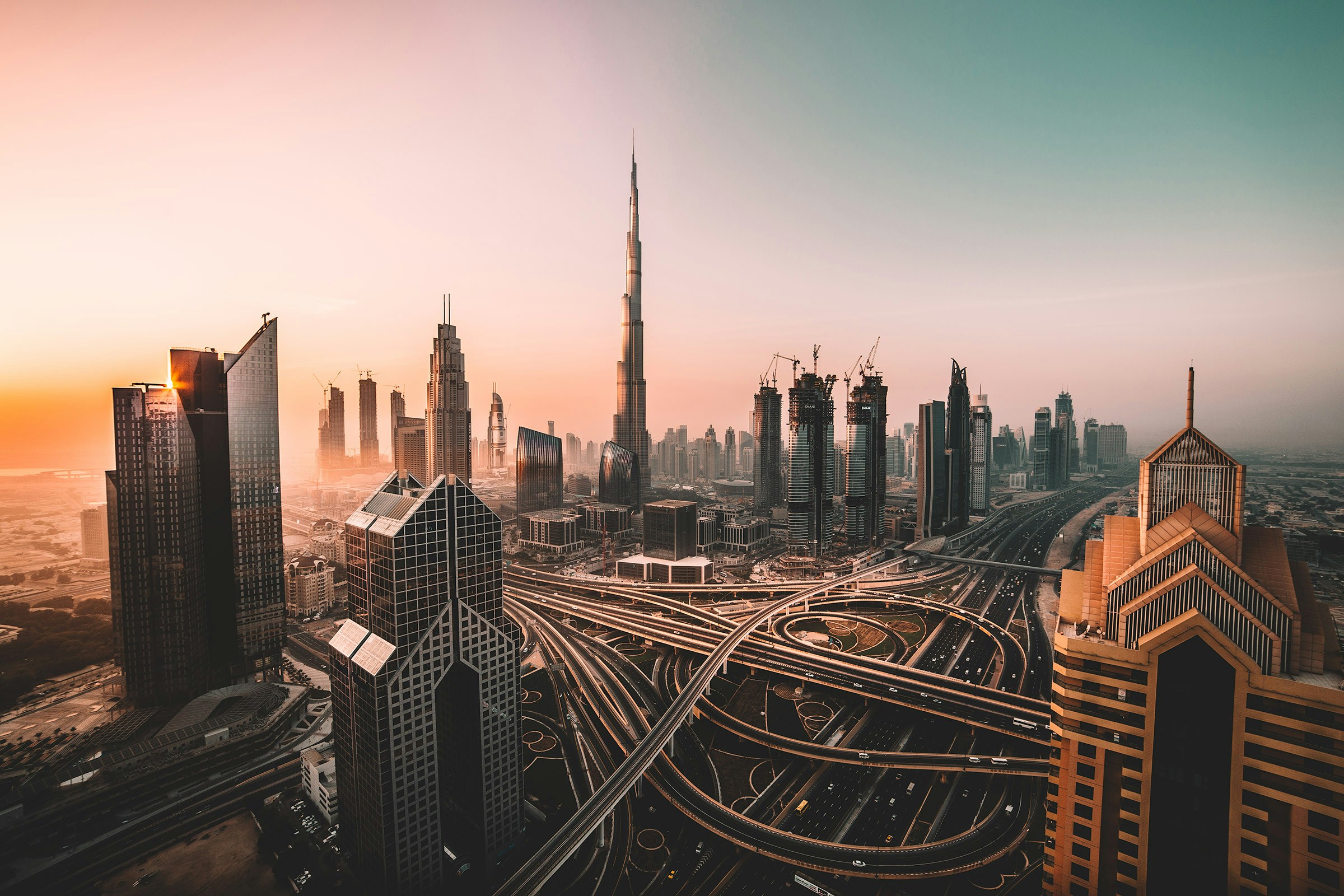
Beyond height, the Burj Khalifa emphasizes sustainability—recycling 946,000 liters of water daily and using special glass panels to regulate sunlight. It’s not just a building; it’s a sublime expression of vision and design reaching toward the heavens.

